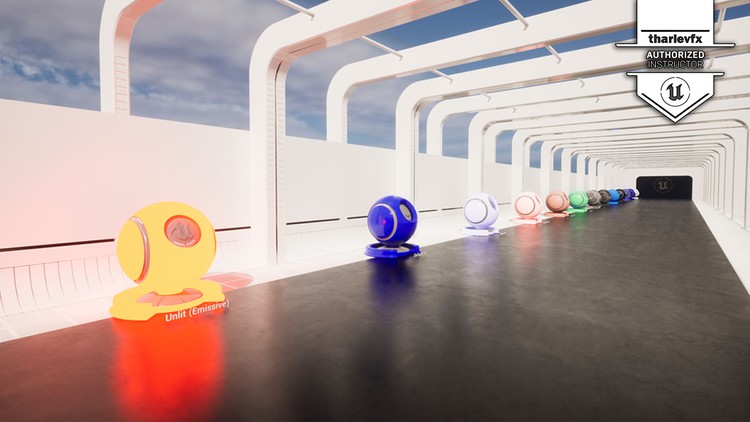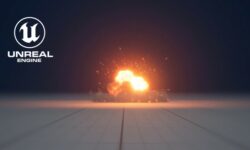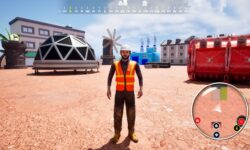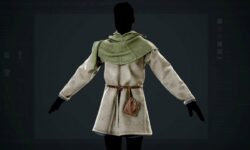Unreal 5 Materials – Part 1 Environments by Thomas Harle
Release date:2023, March
Duration:14 h 24 m
Author:Thomas Harle
Skill level:Beginner
Language:English
Exercise files:No
Part 1 of this course covers a holistic overview of the Material Editor in Unreal 5 – from Material Types and Blend Modes to individual Math Nodes and Input Data, focusing on not just the How to do things but also the Why and looking at the underlying logic and math behind what the engine is doing and covering how to build up your Material Functions and build that into your workflow to produce robust and flexible Materials. We also profoundly dive into UVs – how they work in the engine and how we can take that knowledge and have effects such as Distortion, Animation, and Parallax Occlusion Mapping.
Part 2 of the course then takes this knowledge and applies it to Environmental Materials, covering:
- Master Materials and some best practices in how to build them,
- Decals and their various blend modes – as well as more complex effects such as Angle Based Masking and Custom Decal responses,
- Vertex Painting to blend between material types,
- Various approaches to make Landscape Materials and using RVTs to blend objects into them,
- The new Layered Materials system
- how to use Input Data to automate variation in materials and create angle based effects such as Snow.





 Channel
Channel






Where are source files?
could you please include the source files from the tutorial